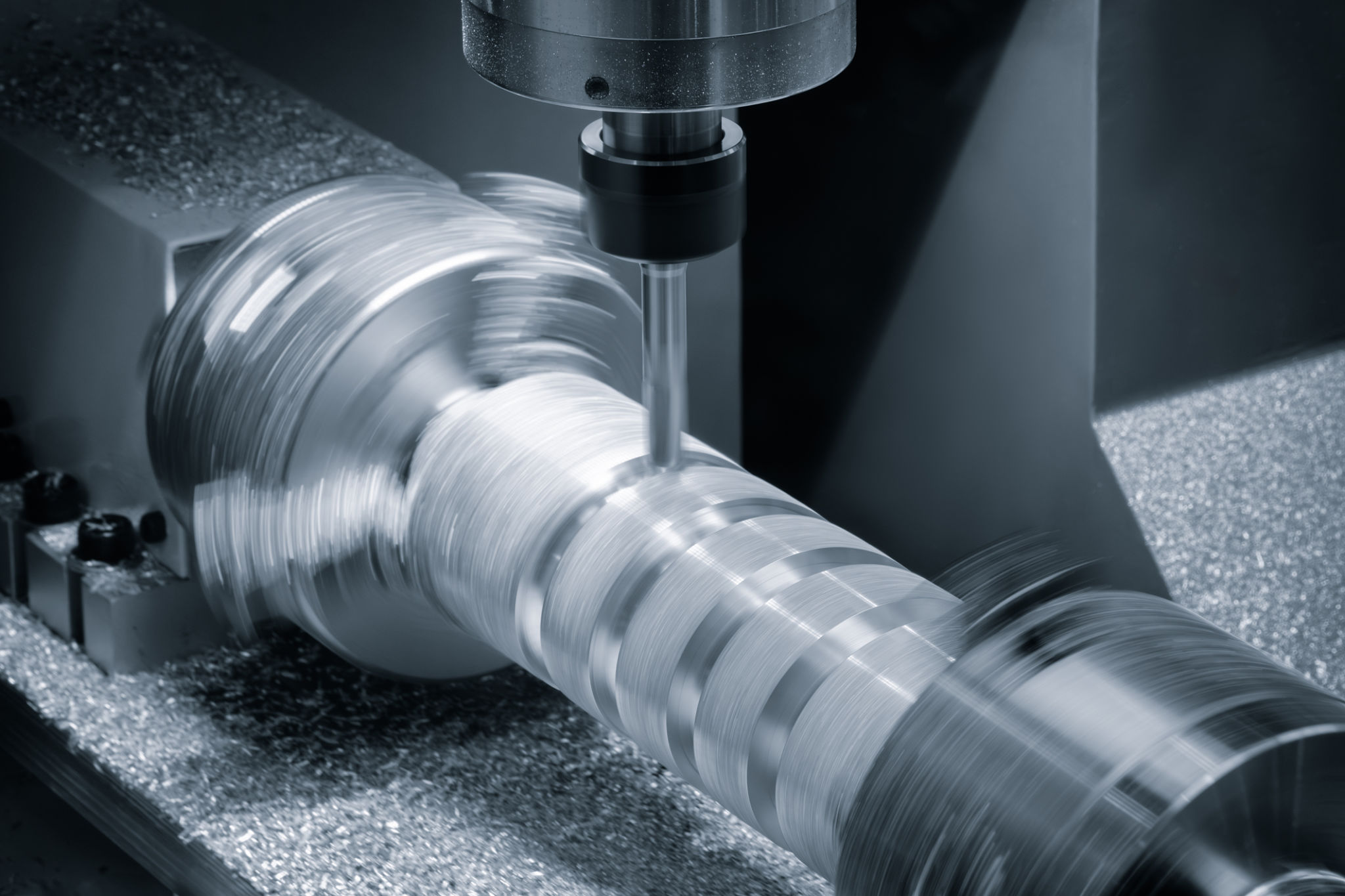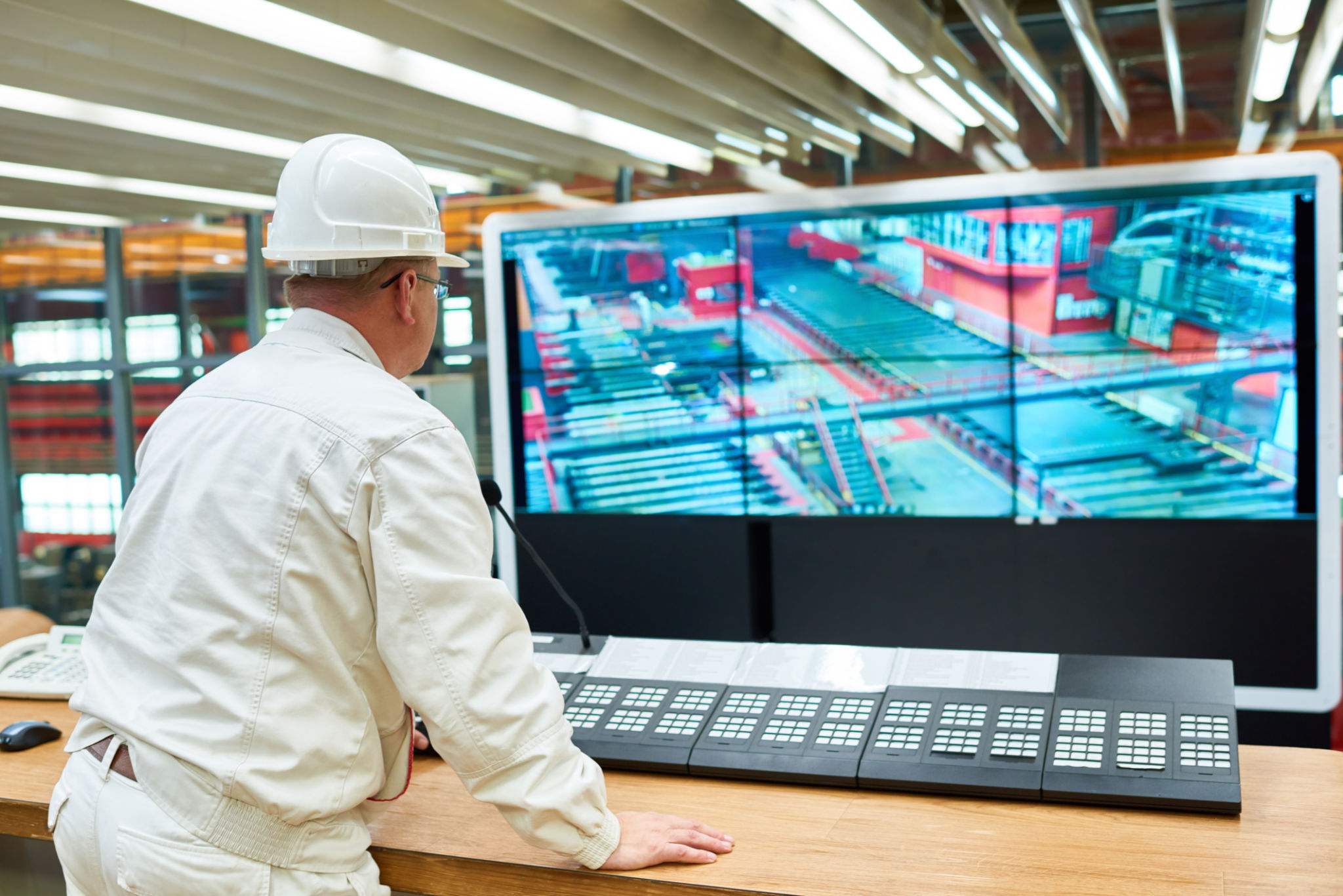Maximizing Efficiency in Large Part CNC Machining for the Oil and Gas Industry
Understanding the Importance of CNC Machining in Oil and Gas
In the oil and gas industry, precision and efficiency are paramount. Large part CNC machining plays a crucial role in manufacturing components that meet strict industry standards. These components must withstand extreme pressures and harsh environmental conditions, making high-quality machining indispensable.
The demand for precision-engineered parts has surged as the industry continues to innovate. CNC machining stands out for its ability to deliver consistent, high-quality results. By automating complex processes, CNC systems significantly reduce the margin for error, ensuring that each part is manufactured to exact specifications.

Optimizing Machine Setup for Efficiency
Efficiency in CNC machining begins with optimized machine setup. Proper alignment and calibration are essential to avoid costly errors and downtime. Regular maintenance checks ensure that machines operate at peak performance, reducing the risk of unexpected failures.
Operators should focus on tool selection and configuration, choosing the right tools for the specific material and job requirements. This involves understanding the properties of the materials used in oil and gas applications and selecting tools that can handle these materials effectively without excessive wear.
Utilizing Advanced Machining Software
Advanced software solutions are instrumental in maximizing the efficiency of CNC machining processes. These programs allow operators to simulate machining processes, identify potential issues, and optimize tool paths before production begins. This proactive approach minimizes waste and enhances productivity.

Material Selection and Management
Material selection is a critical aspect of large part CNC machining in the oil and gas sector. Components must be made from materials that can withstand extreme conditions, such as high temperatures and corrosive environments. Using the right materials not only ensures performance but also extends the lifespan of components.
Effective material management involves maintaining an inventory of high-quality materials and ensuring they are stored correctly to prevent damage. This helps in reducing lead times and ensures that production schedules remain on track.
Streamlining Workflow and Processes
Streamlining workflows is essential for maximizing efficiency. This involves analyzing current processes to identify bottlenecks and implementing strategies to overcome them. Lean manufacturing principles, such as just-in-time production, can be beneficial in reducing waste and improving overall efficiency.

Training and Development for Skilled Workforce
Investing in a skilled workforce is vital for maintaining efficiency in large part CNC machining operations. Continuous training programs ensure that operators stay updated with the latest technologies and techniques, enabling them to operate machines more effectively.
Furthermore, fostering a culture of continuous improvement encourages employees to seek innovative solutions to enhance productivity. A well-trained team is better equipped to adapt to new challenges and implement best practices.
Utilizing Data and Analytics
Data and analytics play a significant role in optimizing CNC machining processes. By collecting and analyzing data from machines, operators can gain insights into performance metrics and identify areas for improvement. Predictive maintenance, driven by data analysis, helps in preventing unexpected breakdowns and extending machine life.
In conclusion, maximizing efficiency in large part CNC machining for the oil and gas industry requires a multifaceted approach. By focusing on machine setup, material management, workflow optimization, workforce training, and data utilization, companies can enhance productivity and meet the demanding standards of this critical industry.
